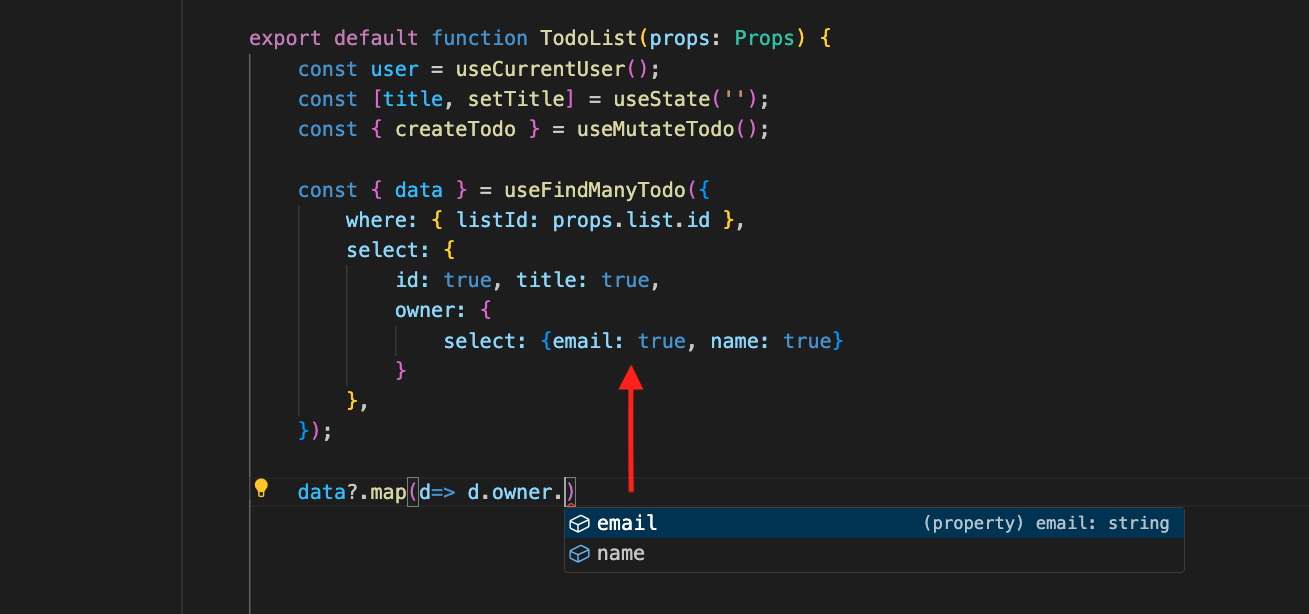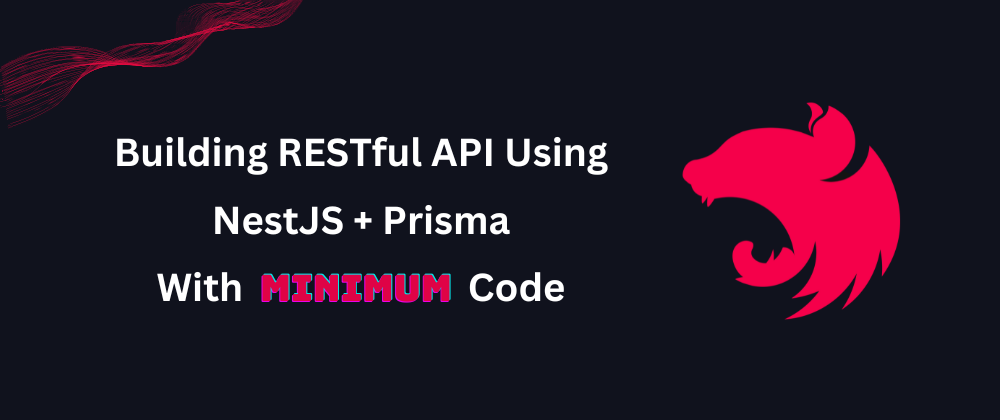The Many Ways Not to Build an API

Building an API is one of the most important things one learns when getting into backend development. There are many good reasons why the entire industry pays so much attention to this topic - styles, transport, security, extensibility, documentation, testing, etc. A good set of APIs allow your application to work great not only through the UI, but also in headless mode, enabling endless integration opportunities for your users.







